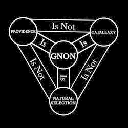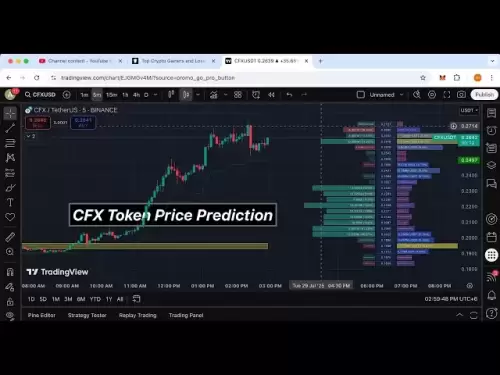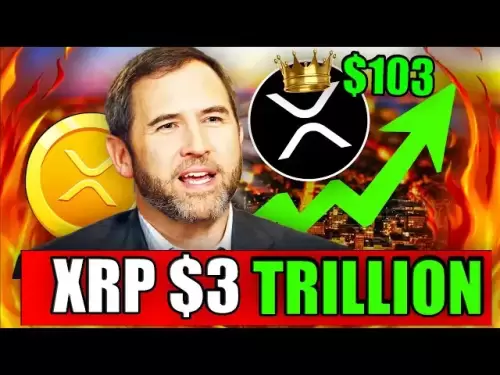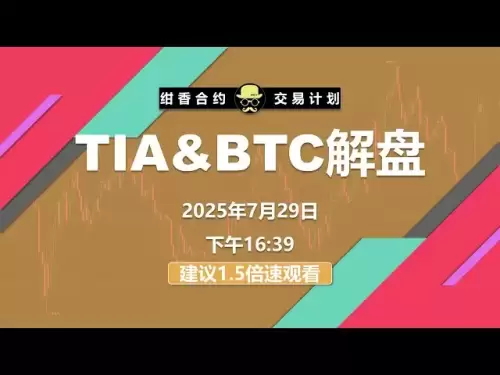-
 Bitcoin
Bitcoin $118000
-1.29% -
 Ethereum
Ethereum $3758
-3.52% -
 XRP
XRP $3.113
-5.04% -
 Tether USDt
Tether USDt $0.9998
-0.05% -
 BNB
BNB $818.5
-3.23% -
 Solana
Solana $181.9
-5.10% -
 USDC
USDC $0.9997
-0.04% -
 Dogecoin
Dogecoin $0.2239
-8.33% -
 TRON
TRON $0.3233
0.95% -
 Cardano
Cardano $0.7842
-6.81% -
 Hyperliquid
Hyperliquid $43.35
-2.12% -
 Sui
Sui $3.894
-9.97% -
 Stellar
Stellar $0.4176
-6.99% -
 Chainlink
Chainlink $17.97
-6.68% -
 Bitcoin Cash
Bitcoin Cash $576.7
-2.30% -
 Hedera
Hedera $0.2671
-7.23% -
 Avalanche
Avalanche $24.64
-6.12% -
 UNUS SED LEO
UNUS SED LEO $8.972
0.08% -
 Litecoin
Litecoin $108.1
-6.55% -
 Toncoin
Toncoin $3.198
-5.94% -
 Shiba Inu
Shiba Inu $0.00001325
-6.80% -
 Ethena USDe
Ethena USDe $1.001
-0.04% -
 Uniswap
Uniswap $10.27
-7.02% -
 Polkadot
Polkadot $3.935
-7.49% -
 Monero
Monero $317.7
-2.24% -
 Dai
Dai $0.9999
0.00% -
 Bitget Token
Bitget Token $4.550
-3.85% -
 Pepe
Pepe $0.00001179
-8.68% -
 Cronos
Cronos $0.1418
-2.34% -
 Aave
Aave $286.2
-6.49%
What do the order and taker orders mean in Bitcoin trading?
Understanding orders and taker orders is crucial for effective Bitcoin trading, as they influence market liquidity, fees, and price movements.
Apr 19, 2025 at 03:50 pm
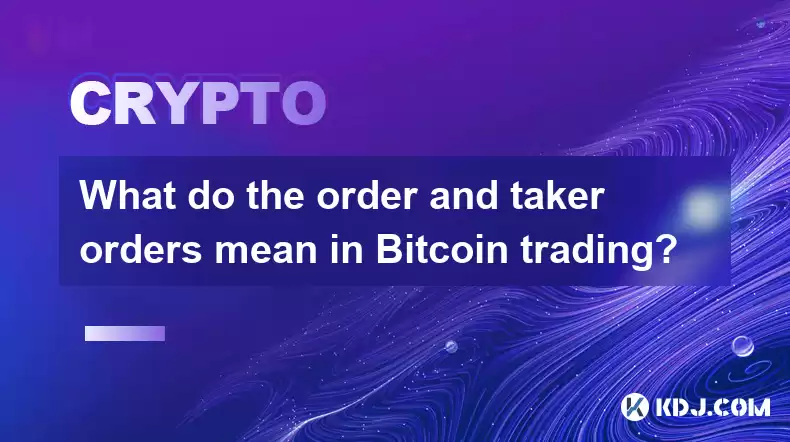
In the world of Bitcoin trading, understanding the concepts of order and taker orders is crucial for anyone looking to engage effectively in the market. These terms are fundamental to how trading occurs on cryptocurrency exchanges, and they directly influence the price and liquidity of Bitcoin. This article will delve into what these terms mean, how they work, and their significance in Bitcoin trading.
What is an Order in Bitcoin Trading?
An order in Bitcoin trading refers to an instruction given by a trader to a cryptocurrency exchange to buy or sell a specified amount of Bitcoin at a specified price. Orders are the building blocks of trading and can be categorized into different types, each serving a unique purpose in the trading ecosystem.
Limit Order: This type of order allows traders to set a specific price at which they are willing to buy or sell Bitcoin. For example, if a trader places a limit order to buy Bitcoin at $30,000, the order will only be executed if the market price reaches or falls below $30,000.
Market Order: A market order is an order to buy or sell Bitcoin at the current market price. This type of order is executed immediately, making it suitable for traders who prioritize speed over price.
Stop Order: Also known as a stop-loss order, this type of order is used to limit potential losses. A stop order to sell Bitcoin will be triggered when the market price reaches or falls below a specified price level.
What is a Taker Order in Bitcoin Trading?
A taker order is an order that is executed immediately against an existing order on the order book. Taker orders are typically market orders or orders that are placed at a price that matches an existing order on the opposite side of the order book. When a taker order is placed, it "takes" liquidity from the market, hence the name.
Impact on Liquidity: Taker orders reduce the liquidity available on the exchange because they match and remove existing orders from the order book.
Fees: Exchanges often charge higher fees for taker orders compared to maker orders because takers are consuming liquidity that the exchange has to replenish.
The Role of Maker Orders
In contrast to taker orders, maker orders are orders that are placed on the order book but are not immediately executed. They "make" liquidity by adding to the order book, waiting for a taker order to match with them.
Limit Orders as Makers: Most limit orders act as maker orders because they are placed at a price that may not be immediately available in the market.
Fees: Maker orders usually incur lower fees than taker orders because they contribute to the liquidity of the exchange.
How Orders and Taker Orders Influence Bitcoin Prices
The interaction between orders and taker orders plays a significant role in determining the price of Bitcoin. When a large number of taker orders are executed, it can lead to rapid price movements, especially if the orders are for significant volumes.
Price Slippage: Taker orders, particularly large market orders, can cause price slippage, where the executed price differs from the expected price due to the immediate impact on the market.
Order Book Depth: The depth of the order book, which is influenced by the number and size of maker orders, can affect how much a taker order impacts the price. A deeper order book can absorb larger taker orders with less price movement.
Practical Example of Placing an Order and a Taker Order
To illustrate how orders and taker orders work in practice, let's walk through the process of placing an order on a typical cryptocurrency exchange.
Placing a Limit Order (Maker Order):
- Log into your exchange account.
- Navigate to the Bitcoin trading pair.
- Select "Buy" or "Sell" depending on your intention.
- Choose "Limit Order" as the order type.
- Enter the amount of Bitcoin you wish to buy or sell.
- Set the price at which you want the order to be executed.
- Review the order details and confirm the order.
Once placed, this limit order will sit on the order book until it is matched by a taker order at the specified price.
Placing a Market Order (Taker Order):
- Log into your exchange account.
- Navigate to the Bitcoin trading pair.
- Select "Buy" or "Sell" depending on your intention.
- Choose "Market Order" as the order type.
- Enter the amount of Bitcoin you wish to buy or sell.
- Review the order details and confirm the order.
The market order will be executed immediately at the best available price, matching with existing orders on the order book.
The Importance of Understanding Orders and Taker Orders
Understanding the difference between orders and taker orders is essential for any Bitcoin trader. It not only helps in executing trades more effectively but also in managing the costs associated with trading, such as fees and slippage.
Strategic Trading: Traders can use their knowledge of orders and taker orders to develop strategies that minimize costs and maximize returns. For instance, placing maker orders can reduce trading fees, while understanding the impact of taker orders can help in managing slippage.
Market Analysis: By analyzing the order book and the flow of taker orders, traders can gain insights into market sentiment and potential price movements.
Frequently Asked Questions
Q: Can I switch between maker and taker orders during a trade?
A: No, once an order is placed, it is classified as either a maker or taker order based on whether it adds to or takes from the order book. However, you can cancel an existing order and place a new one if you want to change the type.
Q: How do exchanges determine if an order is a maker or taker order?
A: Exchanges classify an order as a maker if it adds liquidity to the order book without being immediately matched. An order is classified as a taker if it is matched against an existing order on the order book, thus taking liquidity.
Q: Are there any strategies to minimize the fees associated with taker orders?
A: Yes, one strategy is to use limit orders instead of market orders whenever possible, as limit orders are more likely to be classified as maker orders, which typically incur lower fees. Another strategy is to trade on exchanges that offer fee discounts for using their native tokens or for high-volume trading.
Q: How does the size of a taker order affect the market?
A: The size of a taker order can significantly impact the market, especially if it is large relative to the liquidity available on the order book. A large taker order can cause substantial price movements and increase slippage, affecting the final executed price.
Disclaimer:info@kdj.com
The information provided is not trading advice. kdj.com does not assume any responsibility for any investments made based on the information provided in this article. Cryptocurrencies are highly volatile and it is highly recommended that you invest with caution after thorough research!
If you believe that the content used on this website infringes your copyright, please contact us immediately (info@kdj.com) and we will delete it promptly.
- AI Tokens, Ethereum, and Market Leaders: A New Era?
- 2025-07-29 21:10:13
- Linea Airdrop: Ethereum Alignment & the L2 Network's Bold Move
- 2025-07-29 21:10:13
- Bitcoin, Crypto Mining, and Finland: A Nordic Boom in 2025
- 2025-07-29 20:30:12
- Crypto Carnage: KNC and 1000CAT Among Today's Top Crypto Losers
- 2025-07-29 20:30:12
- GENIUS Act: Stablecoin Regulation Heats Up in the US
- 2025-07-29 18:50:13
- Crypto Presale Mania: Is Punisher Coin the Next Bitcoin?
- 2025-07-29 18:50:13
Related knowledge
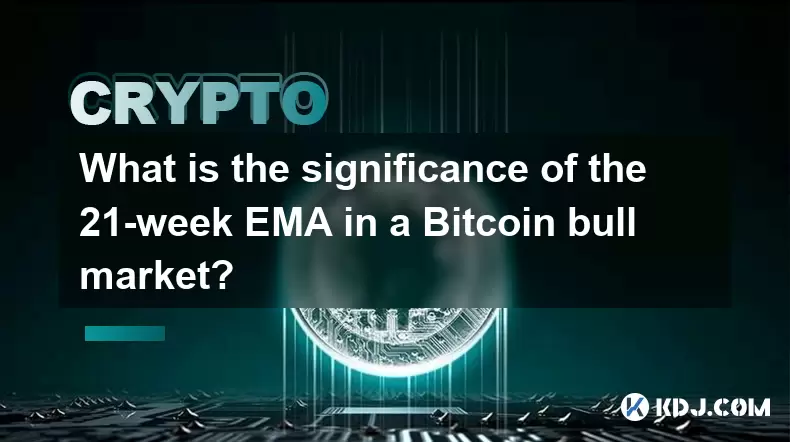
What is the significance of the 21-week EMA in a Bitcoin bull market?
Jul 10,2025 at 06:56pm
Understanding the 21-Week EMA in Cryptocurrency AnalysisThe 21-week Exponential Moving Average (EMA) is a technical indicator widely used by traders a...
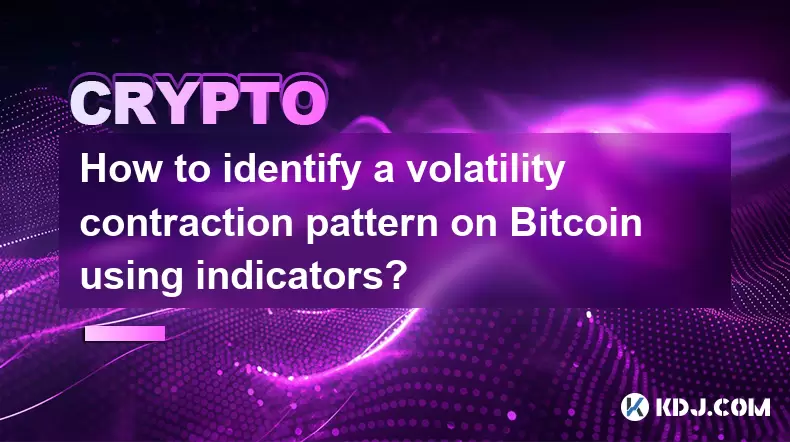
How to identify a volatility contraction pattern on Bitcoin using indicators?
Jul 07,2025 at 07:28am
What is a Volatility Contraction Pattern in Bitcoin Trading?A volatility contraction pattern refers to a phase where the price movement of an asset, s...
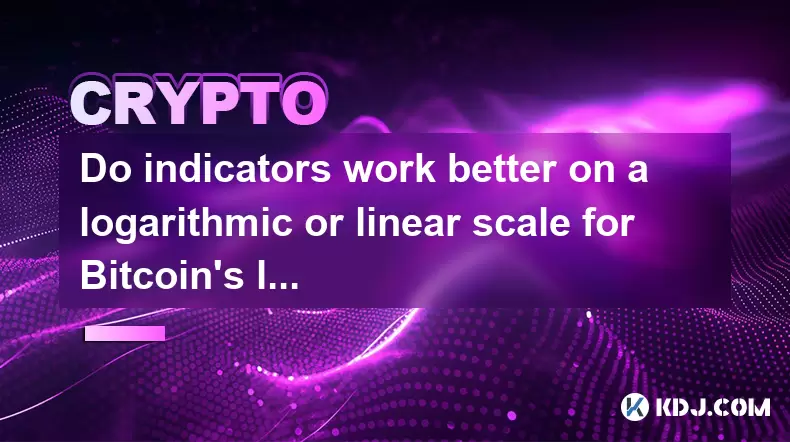
Do indicators work better on a logarithmic or linear scale for Bitcoin's long-term chart?
Jul 08,2025 at 01:42pm
Understanding Chart Scales in Cryptocurrency TradingIn cryptocurrency trading, particularly for analyzing Bitcoin's long-term trends, chart scales pla...
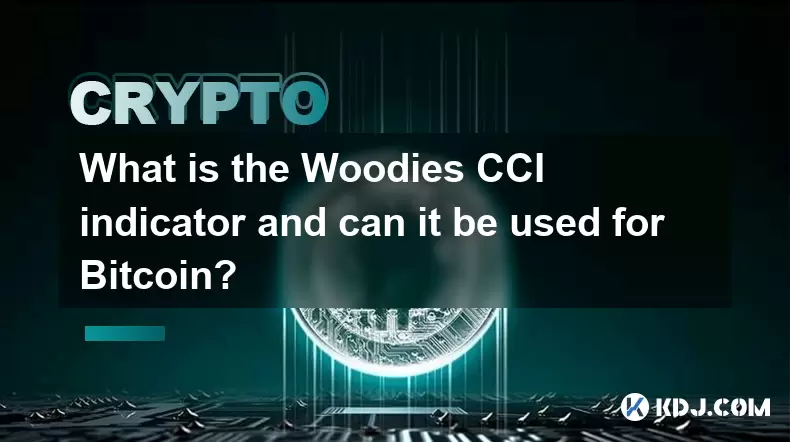
What is the Woodies CCI indicator and can it be used for Bitcoin?
Jul 04,2025 at 05:14pm
Understanding the Woodies CCI IndicatorThe Woodies CCI indicator is a variation of the traditional Commodity Channel Index (CCI), which was originally...
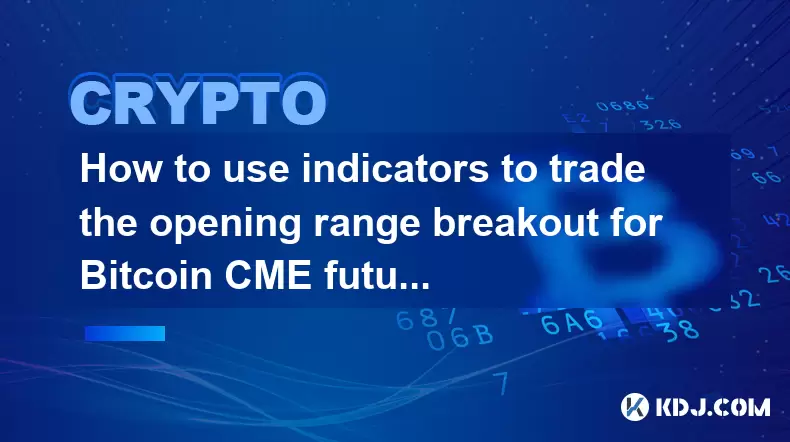
How to use indicators to trade the opening range breakout for Bitcoin CME futures?
Jul 05,2025 at 07:35pm
What Is the Opening Range Breakout Strategy?The opening range breakout (ORB) strategy is a popular trading technique used in both traditional markets ...
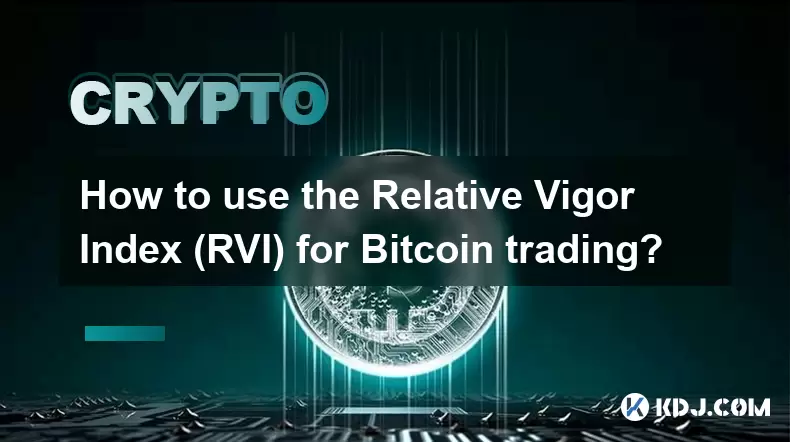
How to use the Relative Vigor Index (RVI) for Bitcoin trading?
Jul 07,2025 at 02:00pm
Understanding the Relative Vigor Index (RVI)The Relative Vigor Index (RVI) is a technical analysis tool used to assess the strength of price movements...

What is the significance of the 21-week EMA in a Bitcoin bull market?
Jul 10,2025 at 06:56pm
Understanding the 21-Week EMA in Cryptocurrency AnalysisThe 21-week Exponential Moving Average (EMA) is a technical indicator widely used by traders a...

How to identify a volatility contraction pattern on Bitcoin using indicators?
Jul 07,2025 at 07:28am
What is a Volatility Contraction Pattern in Bitcoin Trading?A volatility contraction pattern refers to a phase where the price movement of an asset, s...

Do indicators work better on a logarithmic or linear scale for Bitcoin's long-term chart?
Jul 08,2025 at 01:42pm
Understanding Chart Scales in Cryptocurrency TradingIn cryptocurrency trading, particularly for analyzing Bitcoin's long-term trends, chart scales pla...

What is the Woodies CCI indicator and can it be used for Bitcoin?
Jul 04,2025 at 05:14pm
Understanding the Woodies CCI IndicatorThe Woodies CCI indicator is a variation of the traditional Commodity Channel Index (CCI), which was originally...

How to use indicators to trade the opening range breakout for Bitcoin CME futures?
Jul 05,2025 at 07:35pm
What Is the Opening Range Breakout Strategy?The opening range breakout (ORB) strategy is a popular trading technique used in both traditional markets ...

How to use the Relative Vigor Index (RVI) for Bitcoin trading?
Jul 07,2025 at 02:00pm
Understanding the Relative Vigor Index (RVI)The Relative Vigor Index (RVI) is a technical analysis tool used to assess the strength of price movements...
See all articles
















